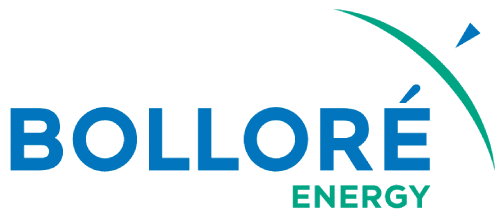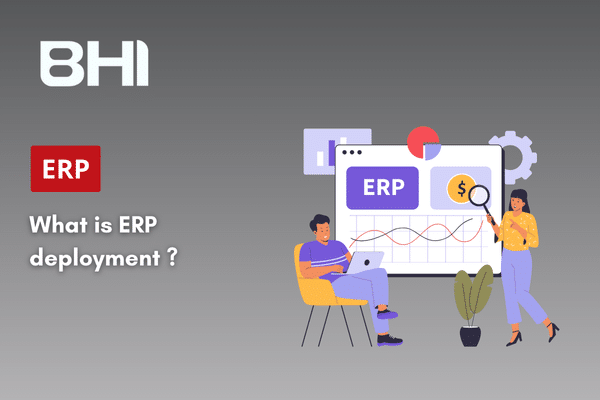In a context where digital technology now represents approximately 3 to 4% of global greenhouse gas emissions according to Arcep, business leaders face a dual challenge: maintaining their digital competitiveness while reducing their environmental footprint. In response to this situation, Green IT – or responsible digital – is progressively establishing itself as a strategic approach that reconciles economic performance with environmental responsibility.
Understanding Green IT: Beyond Preconceptions
Definition and Scope of Responsible Digital
Green IT encompasses all practices aimed at reducing the environmental, economic, and social footprint of information technologies. This holistic approach goes beyond simple energy optimization to integrate the entire lifecycle of digital equipment and services.
According to the Green IT Alliance, this discipline is structured around three main axes:
- IT for Green: using digital technology to reduce overall environmental impact
- Green for IT: minimizing the footprint of digital technology itself
- Responsible IT: integrating social and ethical dimensions
The Real Scale of the Challenge
Industry data reveals an often-overlooked reality. Global digital consumption equals the electricity production of a country like Germany. More concerning still, this consumption could double by 2030 according to several projections, notably those from The Shift Project.
However, these figures also mask opportunities. Pioneer companies in Green IT observe significant operational cost reductions, with average savings of 20 to 30% on their IT budgets according to a recent Gartner study.
Tangible Benefits for Business
Direct Economic Optimization
Adopting environmental practices generates measurable savings. Server virtualization, for example, typically reduces datacenter electricity consumption by 60%. A major European banking group saved 2.3 million euros annually by consolidating its infrastructure.
Responsible purchasing policies also contribute to budget optimization:
- Extension of equipment lifespan (from 3 to 5 years)
- Reduced maintenance costs through better management
- Decreased energy expenses through usage optimization
Competitive Advantage and Brand Image
Companies engaged in responsible digital benefit from differentiating positioning. A survey of 500 B2B decision-makers reveals that 73% favor partners with a structured environmental approach.
This dynamic translates into:
- Enhanced attractiveness to talent (particularly Generations Y and Z)
- Easier access to green financing and ESG investors
- Anticipation of future regulations
Innovation and Operational Performance
Green IT stimulates innovation by requiring process rethinking. Companies that have integrated these principles report improved operational efficiency, including:
- Application rationalization (average 35% portfolio reduction)
- Improved IT service quality
- Better data governance
Pragmatic Implementation Strategies
Diagnosis and Mapping: Essential Starting Point
Before any action, establishing a precise baseline proves fundamental. This diagnostic phase includes:
IT inventory: exhaustive census of equipment, their age, consumption, and utilization rate. Companies often discover that 30% of their servers are underutilized.
Usage analysis: identification of energy-intensive practices and waste. Obsolete data storage frequently represents 40% of used space.
Carbon footprint measurement: establishing a baseline to track progress. Specialized tools now facilitate this assessment.
High-Impact Actions with Rapid ROI
Certain initiatives offer quick results with moderate investment:
Datacenter optimization: Implementing best practices (hot/cold aisle containment, virtualization, temperature adjustment) generates energy savings of 20 to 40%.
Responsible printing policy: Dematerialization and print optimization reduce costs by 30% on average while decreasing environmental impact.
Intelligent workstation management: Automated sleep mode, configuration optimization, and monitoring tool deployment enable substantial savings.
Practice and Culture Transformation
Beyond technical actions, Green IT success relies on behavioral evolution:
- Training and awareness of employees on digital eco-gestures
- Integration of environmental criteria in purchasing processes
- Implementation of environmental performance indicators
- Creation of dedicated governance including IT, purchasing, and CSR
Technologies and Innovations Serving Responsible Digital
Software Eco-design
Code and application architecture optimization represents a major lever. Eco-design principles can reduce application resource consumption by up to 70%. Companies adopting these practices also report improved performance and user experience.
Cloud Computing and Energy Efficiency
Cloud migration, when well-orchestrated, contributes to carbon footprint reduction. Major cloud providers display significantly better PUE (Power Usage Effectiveness) than traditional datacenters. However, vigilance remains necessary regarding rebound effects and overconsumption.
Artificial Intelligence for Optimization
AI offers considerable optimization opportunities:
- Prediction and automatic adjustment of energy consumption
- Workload and resource optimization
- Predictive maintenance extending equipment lifespan
However, AI itself must be used responsibly, as its training can be very energy-intensive.
Regulatory Framework and Evolution Perspectives
Current and Upcoming Regulations
The legislative framework is gradually strengthening. The REEN law in France, European directives on eco-design and extra-financial reporting impose new obligations. Proactive companies transform these constraints into innovation opportunities.
Standards and Certifications
Several frameworks help structure and valorize approaches:
- ISO 14001 for environmental management
- ISO 50001 for energy performance
- Specific responsible digital labels
Trends and Future Developments
Experts anticipate several major evolutions:
- Generalization of environmental display for digital services
- Development of IT circular economy
- Emergence of new business models based on digital sobriety
Transforming Ambition into Action: Your Roadmap
Green IT is no longer an option but a strategic necessity. Visionary leaders who integrate these principles today are building tomorrow’s competitive advantage. Between operational savings, innovation, and social responsibility, responsible digital offers a winning equation for all stakeholders.
Companies succeeding in their transition to responsible digital share several characteristics: a clear vision driven by leadership, a pragmatic approach based on quick wins, and mobilization of all employees.
Conclusion: Responsible Digital, a Catalyst for Sustainable Performance in Your Company
Green IT transcends simple carbon footprint reduction to become a true strategic transformation lever. Leaders who embrace this approach don’t just respond to environmental challenges: they build more efficient, innovative organizations better prepared for tomorrow’s challenges.
As we’ve explored, the transition to responsible digital generates tangible benefits: cost optimization, improved operational performance, enhanced attractiveness, and regulatory anticipation. But this transformation requires a methodical approach, combining precise diagnosis, targeted actions, and deep cultural evolution.
The success of your approach rests on three essential pillars: a clear vision driven by leadership, a pragmatic strategy adapted to your business realities, and expert support capable of navigating between technical challenges and human transformation. Each organization being unique, your journey toward responsible digital must be custom-designed, considering your digital maturity, sector constraints, and ambitions.
Don’t let technical or organizational challenges hinder your environmental ambition. With the right support, your transition becomes an opportunity to reinvent your practices and create sustainable value for all your stakeholders.
Would you like to discuss your responsible digital transformation project?
Contact our experts at +33 (0)1 83 62 12 23 or via our contact form. Together, let’s explore how to make your Green IT transition a measurable and sustainable success.

















